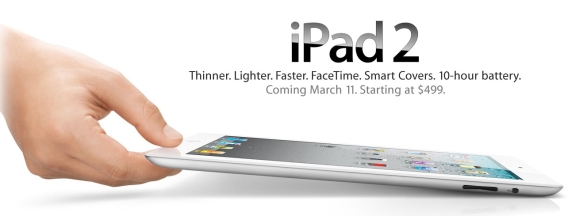It’s a sobering fact that if you bought a smartphone in 2010, it’s already out of date. Often horribly so. Before the dual-core revolution, Sony Ericsson’s Xperia Arc looked like a fantastic return to form. But Samsung’s Galaxy S II dials the technology up another notch. This is not so much a fight, but a beating…
Connectivity:
The Galaxy S II is superbly-specced and includes 3G/HSDPA/HSPA+ (21Mbps), 802.11b/g/n Wi-Fi and Bluetooth 3.0+HS connectivity. Sony Ericsson has jammed its handset with 3G/HSDPA (7.2Mbps), 802.11b/g/n Wi-Fi and Bluetooth 2.1 with A2DP. Good, but not quite good enough. (1-0) Size & Weight:
Modern modern phones are extraordinary pieces of design and technology. The Galaxy S II is the wider of the two, measuring 66.1mm to the Xperia Arc’s 63.0mm. The Xperia Arc weighs 117g, whereas the Galaxy S II is 1g lighter and weighs 116g. The Galaxy S II is the sexier model. But only just. Take a look at the measurements below. (2-0)
Camera:
The Galaxy S II comes rocking an 8.0 Megapixel camera, which features a full resolution of 3264 x 2448. Its talents also include autofocus, an LED flash, geo-tagging, touch focus functionality, face/smile detection, image stabilization and Fulll HD (1080p) video capture. For video calling, you’ll find a second camera on the front.
The two phones match each other for raw megapixels. The Xperia Arc also packs a 8.0 Megapixel lens with autofocus, an LED flash, image stabilization, geo-tagging, plus face and smile detection. It only supports 720p video recording, however, and lacks a front-facing camera. (3-0)
Screen/keyboard:
As for screen size, the Samsung Galaxy S II features a 4.27-inch (480 x 800) touch-sensitive Super AMOLED Plus display. It’s a gorgeous and vibrant screen with 384000 pixels. This translates to 218.501 pixels per inch. The Xperia Arc’s touch-sensitive LED-backlit LCD (dubbed a ‘Reality Display’) only measures 4.2 inches. In comparison, there are 409920 pixels onscreen, giving the Xperia Arc a pixel density of 233.333 pixels per inch. All in all, the pros/cons balance each other out. (3-0)
Processor:
As for processing grunt, the Xperia Arc uses a 1GHz Qualcomm MSM8255 Snapdragon CPU, which uses a an Adreno 205 GPU to throw its graphics around. The Galaxy S II’s processor is a 1GHz dual-core Exynos chip, which easily blows the old Snapdragon away. (4-0)
Software:
The new Galaxy S enjoys Google’s Android 2.3, cleverly customised with Samsung’s TouchWiz UI and Swype text input. The Xperia Arc also runs the Gingerbread OS, holding the Samsung phone to a tie in this round. (4-0)
Storage:
With 32GB of internal storage, the Galaxy S II has more space from the get-go. The Xperia Arc features 8GB in comparison. The Galaxy S II also features a microSD slot to boost the overall storage to a fantastic 64GB. Of course, you can also expand the memory of the Xperia Arc via its microSD slot. The maximum, however, is only 32GB. (5-0)
Extras:
The Galaxy S II also includes GPS/A-GPS, DLNA content sharing, Wi-Fi direct, stereo FM radio (with RDS), optional NFC support, a digital compass, gyroscope and an HDMI port. It also features four software ‘hubs’ – the Reader’s Hub, the Social Hub, the Games Hub and the Music Hub. In comparison, the Xperia Arc features GPS/A-GPS, DLNA content sharing, Sony Mobile BRAVIA Engine picture processing, a stereo FM radio with RDS, an HDMI port, noise cancellation and a digital compass. (5-0)
The Samsung Galaxy S II wins!
Pitting the Samsung Galaxy S II against the Xperia Arc shows just how much mobile technology has advanced this year. Dual-core processors will quickly become standard issue this year on top-end smartphones. And, as screens get bigger and better, cameras boost their megapixel counts and NFC starts to become established, the phones of 2011 are fast becoming pocket computers.




.jpg)
.jpg)

